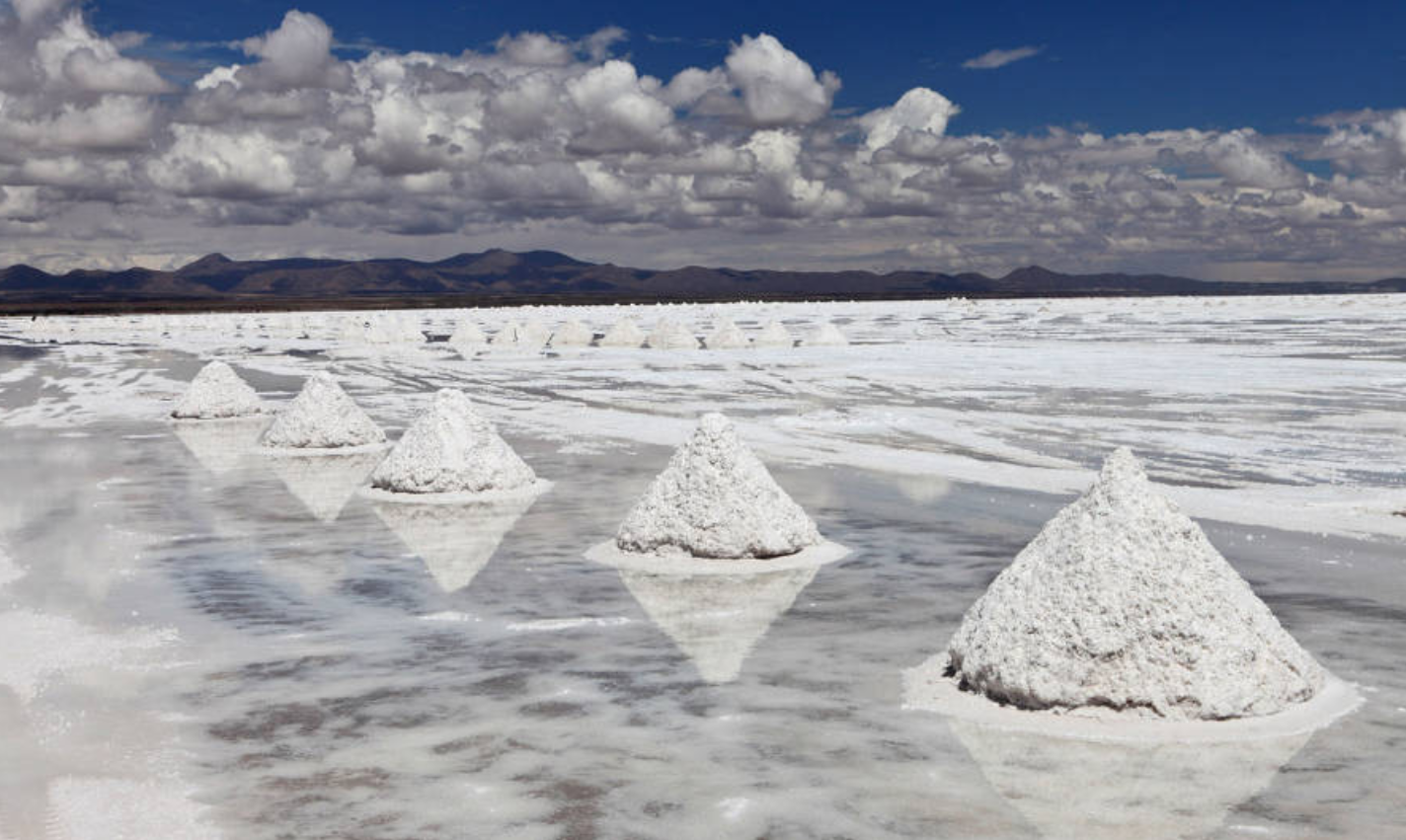Coauthor Sergio Cesarin
The lithium triangle is made up of Argentina, Bolivia, and Chile. This region holds the world’s largest lithium reserves. This mineral is key to the transition in the energy sector and, for this reason, the technological powers are in open competition to sign investment contracts to exploit this raw material, which is fundamental in the future’s economy due to its multiple applications in the electronics and automotive industries.
In this context, China has been exploring opportunities to extract this mineral for more than a decade and has signed agreements with the three countries that form the aforementioned South American triangle. In the face of China’s competitive pressure, technological powers such as the United States and Germany are expressing their concern and want to recover ground by obtaining exploration and exploitation concessions, investing in sustainable projects that modify the preferences of government sectors for Chinese companies (state or private) for the coveted “white gold”.
China’s investments in value chains of essential minerals in regions such as Latin America are preponderant, especially in the production of clean energy (solar panels), the development of technologies applied to new production processes in micro and nano-electronics, cellular telephony (cell phone batteries), and maintaining its competitiveness in the context of an ongoing revolution in the automotive sector (electric vehicles). Therefore, projections indicate that the global demand for lithium will multiply by 40 over the next 20 years, so having reserves and exploiting them can mean millions of dollars in profits. Between 2017 and 2023 the price of lithium increased from $10,000 to $70,000 per ton.
Currently, Argentina (21.5%), Bolivia (23.7%) and Chile (11.1%) account for 60% of the world’s known reserves; therefore, the lithium triangle has a high geostrategic value. Although it is possible to find it in other regions and countries such as Australia and even China, reserves are of lesser quantity and quality. However, as of 2022 and although it does not lead the ranking of deposits, the largest lithium producer was Australia (52%), followed by Chile (25%), China (13%), Argentina (6%) and others with 4%.
In this context, the “Chinese option” emerges as an important source of investment. Argentina and Bolivia concentrate a large part of the triangular reserves; yet they do not have the appropriate technologies for exploration, extraction and industrial processing, which is why extra-regional countries such as China, the United States, European Union countries and even India are trying to gain access to this strategic resource.
What role does China play in this competitive game? Firstly, even though it is the world’s third-largest producer, it is the world leader in refining and the main buyer of lithium, which is key to maintaining its primacy as a producer of electric cars and batteries. Secondly, in its techno-industrial reconversion process, the “lithium triangle” is part of strategic planning that drives it to become a world leader in high-tech segments (Made in China 2025 plan) and for this, it needs strategic resources, most of which can be found in the Latin American Southern Cone.
This complex strategy requires coordination between private companies, the Chinese government, banks and universities to obtain mining concessions and commercialization contracts. The expected contributions in investment capital, technologies, credits and training complete this picture of mutual interest for China and the South American countries.
In these projects promoted by China, an important point is the demands of the subnational governments for the care of the environment (eco-friendly projects) and respect for the interests of local communities (native peoples, peasants, local population in general), since the deposits are located in areas where indigenous and poor communities live, such as the south of Bolivia, the north of Chile and the north of Argentina.
Thus, investments in operating units can boost the development of peripheral and backward regions through subsidiary investments in infrastructure: power plants, water networks, transportation, ports, schools and training institutes for personnel.
Finally, it should be noted that Chile is the world’s second-largest lithium supplier and 90% of exports are destined for Asia, with China being the market that absorbs most of it. In Argentina, although the United States, Japan and Australia participate in its exploitation and commercialization, Chinese companies are the most active in the search for projects in different provinces such as Catamarca, La Rioja, Salta and Jujuy. In Bolivia, the world’s largest reserves, which are controlled by the state, China recently signed the first agreement for the exploitation of lithium in the Bolivian salt mines in a context of external and internal pressures.
Against this background, a question arises: will the lithium triangle be able to break the “raw materials curse” in Latin America? In theory, the current governments of Bolivia, Chile and Argentina need to have state-owned companies (national or provincial) responsible for extracting lithium and generate alliances (joint ventures) with state or private counterparts from China, the United States or European powers. They must also guarantee the transfer of technology, personnel training, joint marketing of the resource, environmental protection and, fundamentally, local participation in the generation of value through the local production of inputs and products.
*This text was originally published on the REDCAEM website.
Sergio Cesarin is the Coordinator of the Center for Asia Pacific and India Studies (Ceapi), Universidad Nacional de Tres de Febrero (UNTREF) in Buenos Aires. Master of Arts, Peking University.
Translated from Spanish by Micaela Machado Rodrigues











